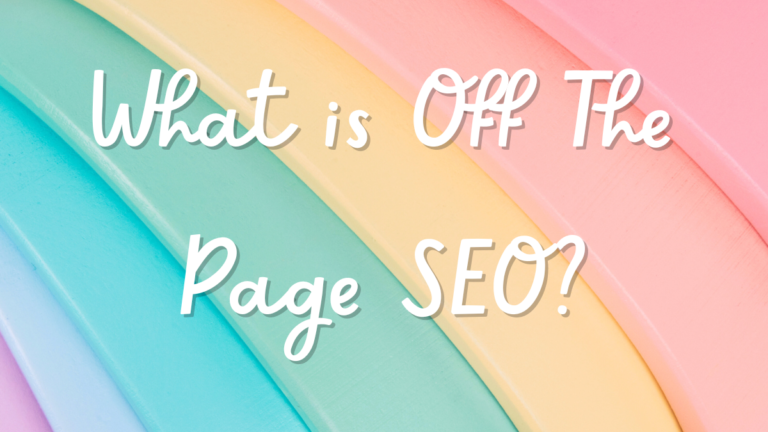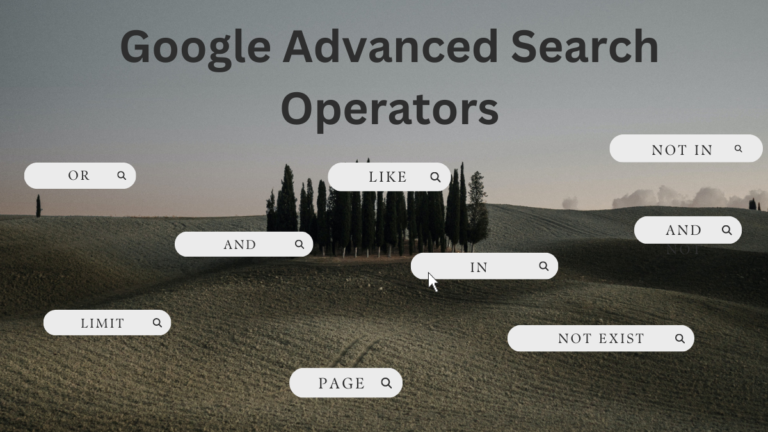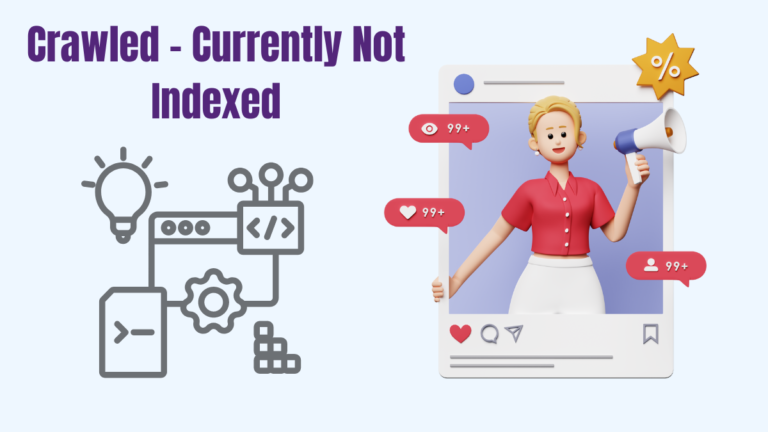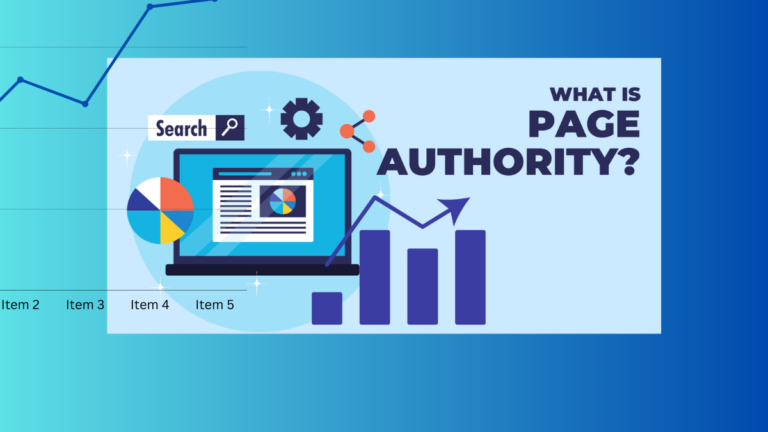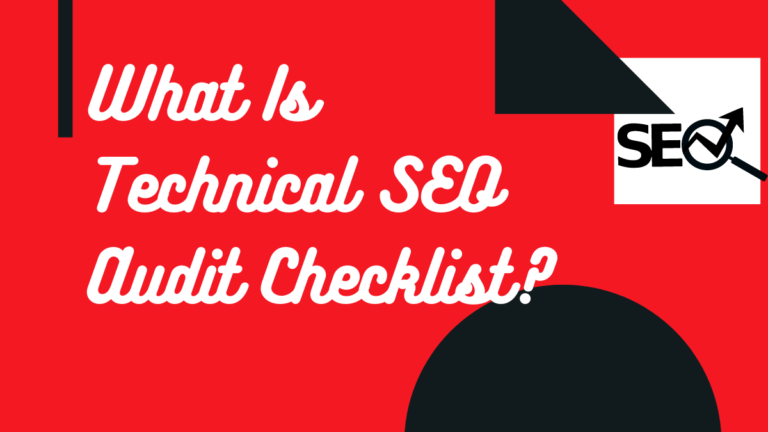What Is Anchor Text?
Are you tired of feeling like a ship lost at sea when it comes to understanding anchor text? Well, fear not! In this blog post, we’re going to dive deep into the fascinating world of anchor text and decode its mysterious powers.
Whether you’re a seasoned digital marketer or just dipping your toes into the vast ocean of SEO, brace yourself for an enlightening journey that will leave no stone unturned. So grab your compass and get ready to navigate through the wonders of anchor text – trust us, it’s about to become your secret weapon in conquering the online realm!
Table of Contents

Introduction
Anchor text is the visible, clickable text in a hyperlink. It is the words that make up the link itself. When you create anchor text, you are essentially creating a mini advertisement for the page or piece of content that you’re linking to.
There are a few things to keep in mind when creating anchor text:
- Make sure your anchor text is relevant to the page or content you’re linking to. Irrelevant anchor text can come across as spammy and will turn off readers.
- Don’t keyword stuff your anchor text. In other words, don’t cram a bunch of keywords into your anchor text just for the sake of getting keywords into your links. Not only will this come across as spammy, but it can also get you penalized by Google. A couple of relevant keywords in your anchor text is all you need.
- Use a variety of different types of anchor text. If all of your links have the same exact anchor text, it can look like you’re trying to game the system. Mix things up by using different combinations of keywords and phrases in your anchors.
What is Anchor Text?
Anchor text is the visible, clickable text in a hyperlink. It is the text that users will see and click on when they reach a linked page. The anchor text of a hyperlink can give users an idea of what to expect when they click on the link.
In SEO, anchor text is used to help search engines understand what a linked page is about. When creating links to other pages, webmasters can use anchor text to give search engines more information about the target page. This can be helpful if the target page does not have much content or if the webmaster wants to give search engines more information about the topic of the target page.
Anchor text can be helpful for users and search engines, but it can also be abused. Some webmasters try to stuff their anchor text with keywords in an attempt to manipulate their website’s ranking in search results. This practice is called keyword stuffing and it can result in Google penalizing a website.
Types of Anchor Text
Anchor text is the visible, clickable text in a hyperlink. It is the part of a link that describes what the linked page is about. When creating links, it is important to use relevant anchor text so that both users and search engines can understand what the linked page is about.
There are four main types of anchor text:
- Exact match: This type of anchor text includes key phrases or words that are exactly the same as the keywords you are targeting. For example, if you are trying to rank for the keyword “red shoes,” your exact match anchor text would be “red shoes.”
- Partial match: This type of anchor text includes key phrases or words that are similar to the keywords you are targeting. For example, if you are trying to rank for the keyword “red shoes,” your partial match anchor text could be “shoes in red.”
- Branded: This type of anchor text includes your brand name or website name. For example, if your website is called “Red Shoes,” your branded anchor text would be “Red Shoes.”
- Generic: This type of anchor text includes words like “click here,” “read more,” or other non-descriptive phrases. Generic anchor text is often used when there isn’t any other relevant information to include in the anchor text (such as with a call-to-action button).
How to Use Anchor Text for SEO Purposes?
Anchor text is the visible, clickable text in a hyperlink. It is the text that users will see and click on when they find a link to your website or blog.
It can be used for SEO purposes to help improve your website’s ranking in search engine results pages (SERPs). When used correctly, anchor text can help boost your website’s visibility and traffic. Here are some tips on how to use anchor text for SEO:
- Use keyword-rich anchor text: Anchor text should be reflective of the page it is linking to. If you’re linking to a page about “SEO anchor text,” then your anchor text should contain keywords like “SEO,” “anchor,” and “text.” Doing this will help tell search engines what your page is about and will improve your chances of ranking for those keywords.
- Don’t overdo it: Using too many keywords in your anchor text (known as “keyword stuffing”) can actually hurt your website’s SEO. Stick to one or two keywords per link to avoid keyword stuffing.
- Use natural-sounding anchor text: Anchor text should sound natural, not forced. Avoid using the same keyword over and over again in your anchor text; instead, mix things up a bit by using different variations of the keyword or by using related words. For example, if you’re linking to a page about dog food, you could use anchor text
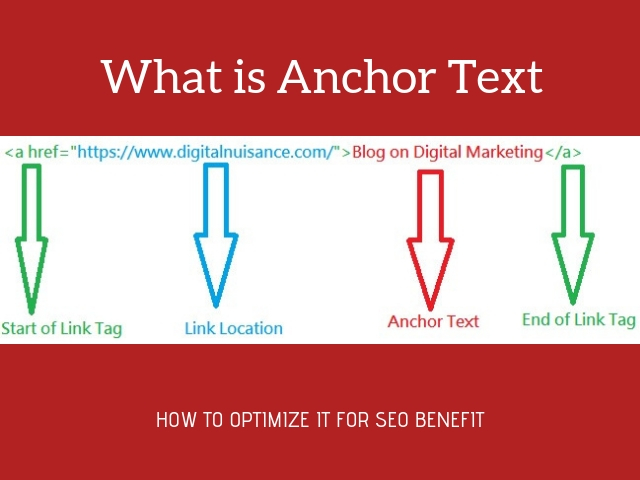
Benefits of Using Anchor Text
Anchor text is the visible, clickable text in a hyperlink. It is the text that describes the link’s destination. When used properly, anchor text can be a powerful ranking signal for search engines.
There are many benefits to using anchor text, including:
- Increasing your visibility in search engine results pages (SERPs)
- Boosting your click-through rate (CTR)
- Helping users understand where they’re going when they click on a link
- Allowing search engines to better understand the topic of your page
If you’re not using anchor text, you’re missing out on an important opportunity to improve your SEO. Make sure you’re taking advantage of this valuable ranking factor by using relevant and descriptive anchor text on your website.
Examples of Good and Poor Anchor Text Usage
Anchor text is the visible, clickable text in a hyperlink. It is the most important part of on-page SEO because it tells search engines what the linked-to page is about.
Good anchor text usage:
- Uses keywords judiciously: Keywords are an important part of anchor text, but using too many keywords (i.e., “keyword stuffing“) can result in penalties from search engines. Use keywords thoughtfully and sparingly to avoid this issue.
- Makes use of brand names: Brand names can be a powerful form of anchor text, particularly if they are well-known and respected brands. Using brand names can help improve your site’s click-through rate and search engine rankings.
- Takes advantage of natural language: The best anchor text sounds natural and uses proper grammar. For example, a link that says “click here” is not as effective as a link that says “learn more about our services.”
Poor anchor text usage:
- Uses excessively long or short phrases: Long phrases (like “click here for more information”) take up valuable space and are often cut off by browsers, while short phrases (like “click here”) don’t give users enough information about what they’ll find when they click the link. Find a happy medium to avoid these issues.
- Stuffing too many keywords: As mentioned above, using too many keywords in your anchor text.
Conclusion
Anchor text is an important part of SEO, as it helps to boost the visibility of a website on search engine results pages. With proper optimization and use of anchor text, businesses can significantly increase their online presence which will lead to more customers and revenue. As such, it’s important for businesses to understand what anchor text is and how to properly use it in order to maximize its benefits.

